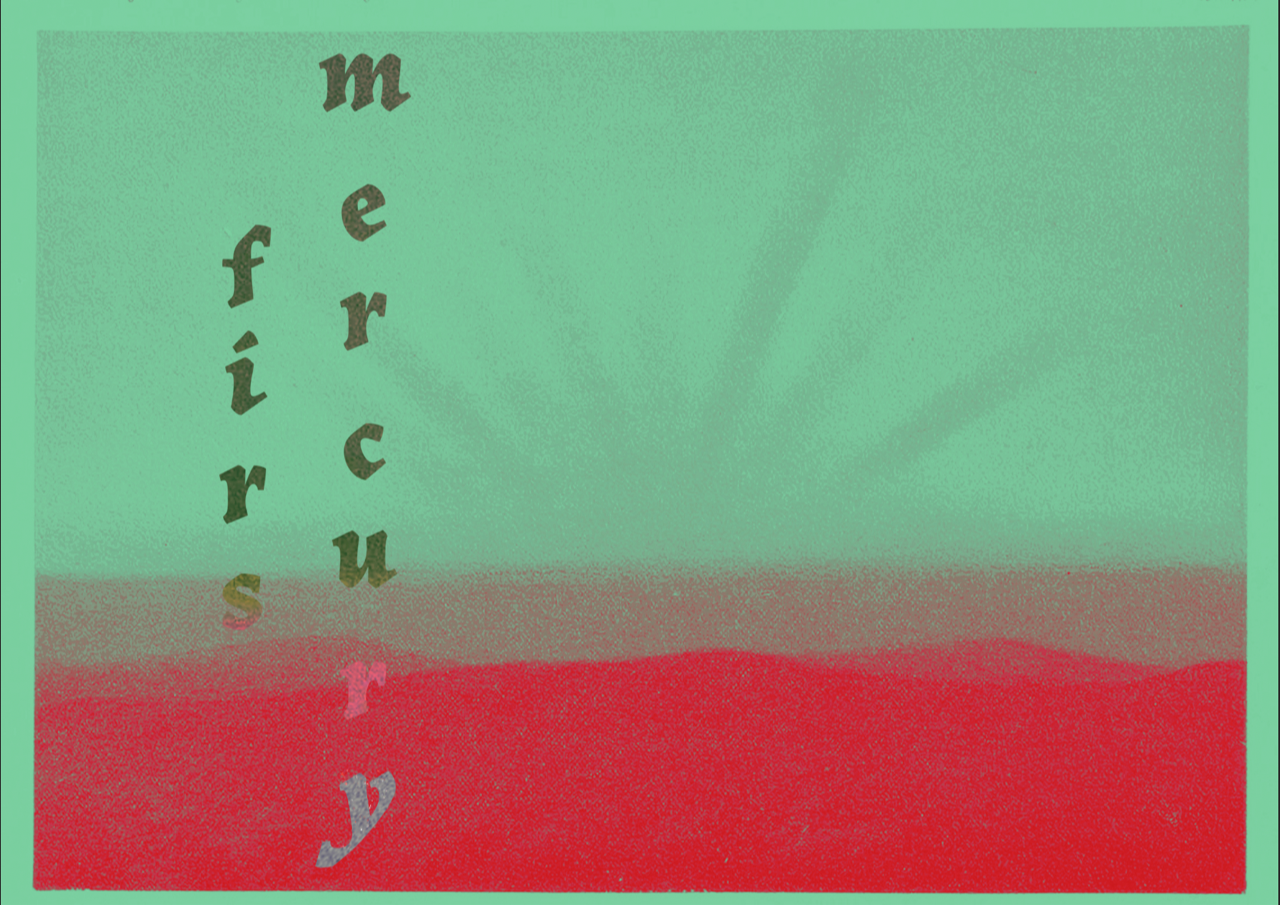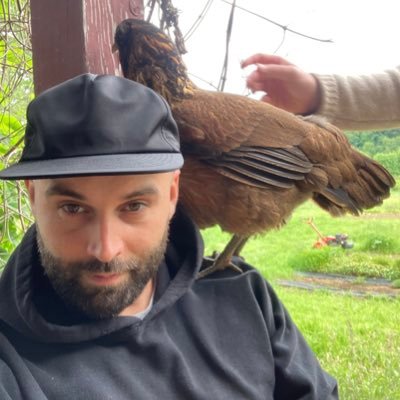“Thought derailed from the first / instant. I told you: go to / the mountain top, where there’s nothing / left to be seen.”
—Etel Adnan
In Edward Salem’s poem “Fullness,” thought is derailed, not from the first instant but nearly, and in each subsequent instant the poem expands and contracts simultaneously in a dissent against time and space, as it leads us to a divine, non-existent anal inner mountain, where there is nothing (and everything) to be seen (at once). Operating intertextually with a Godhead in its poetics of negation, the poem manages, paradoxically, to build possibility through its persistent negations. Each time a line of argument becomes discernable, it’s quickly and forcefully wrought back around its own tail, creating coils of energy in refusal.
The poem’s opening propositions,
“Behind eternity isn’t
more eternity. Nothing
lies in wait. Maybe you”
refuse singular meaning, but (especially as the end of the stanza begins to mount an accusation at the reader) it demands a reckoning-with…
So: first, we must agree that behind eternity there can certainly not be more eternity. Impossible as it is to ever reach behind-eternity in our dimensions of time, what could more eternity even mean? Behind eternity time is fully exhausted. And anyway, behind eternity is not (line break), because there can be no.
When time is null, nothing is waiting. So: nothing is there, lying in wait. Or, but: is Nothingness actually there, lying in wait with premeditation to inflict harm?
Or, no, certainly nothing lies in wait. Except, well… Maybe you (line break)—
In “Fullness,” we are given nary an image to truly imagine the essential terms of the poem: i.e., nothingness, eternity. It is hard to imagine nothing, as we all know. Instead of image then, the poem relies on transmission of something like the animal cognition of absence—unnamable, really, unimaginable, really, and only locatable maybe in a gravity tug where lack replaces object that body/mind seeks to rest on.
Salem proposes that, in attempts to grasp eternity, you might envision it “as a vacuum / a void at the center of / the universe.” But of course, eternity is not that. If you think of it that way, you are applying a stand-in, false idol, a vague image with an “an asterisk, / footnote to everything.”
Ardeshir Irani, of the Dark Energy Research Institute, in the abstract for his article “The Void and the Multiverse,” writes that “The Void is different from the vacuum space of our Universe because it has ‘nothing’ in it, no space, no time, no mass, and no charge. It only has Pure Energy.”
So: nothingness is pure energy. Pure possibility. Salem shows that to us, that nothingness is also fullness.
The present metaphors of the poem describe only what one might envision as eternity. What Nothing would be but is not because if it were it would derail its own existence from the first instant by its hunger.
“Nothing is the Godhead / that gobbles the world / in one fell swoop, //but has no anus.”
Nothingness might be this. But it is also not, because it is simply a metaphor negated. “Nothing is the Godhead,” or, “the Godhead is nothing.” The metaphor gobbles itself, and with no anus, nothing remains but the possibility of more consumption and the impossibility of elimination.
Image here too, along with metaphor, is negated. Image: so prone to slide towards narrative construction, so often a farce aiming to make complex experience comprehensible, when “comprehensibility has nothing to do with the real.” (Adnan)
We are left instead with anti-image. With possibility of/some great coiled energy. Anti-image, ironically, makes real the possibility, and possibility the real.
In another poem, “Bust of a Pugilist,” Salem writes of a man—maybe the poet, maybe not—looking for his mother in an apartment in Gaza…
Where are you? I don’t see you. Barefoot
on the hot tar rooftop, he looks out
at the panorama of Gaza City, silent, sprawling.
In the logic of the dream, the thought that appears
in his head is her answer back— Habibi,
you were never looking for me. This life is just
an experience. You don’t have to feel so helpless.
Here, more negation, and more building-by-negation into more possibility. A not needing to feel so hopeless. Through negation, a hope. “This life is just an experience,” and behind it may even be more eternity.
On Edward Salem’s website, there is a photographic series titled “For I Smell of the Earth (Works 2010-2014).” It contains a run of five photographs, each depicting what look like strings of an oud, stretched across blasted holes in cement walls. Viewing them among the other photos, I assume the holes were made by munitions of the IOF.
Ammunition-hole-voids made sound holes in the new oud-body of a Godhead-something.
Here, an image to show: for whatever is negated—relegated to a false realm of nothingness—there is always a counter-establishment, a ratification of energy displaced in opposite.




